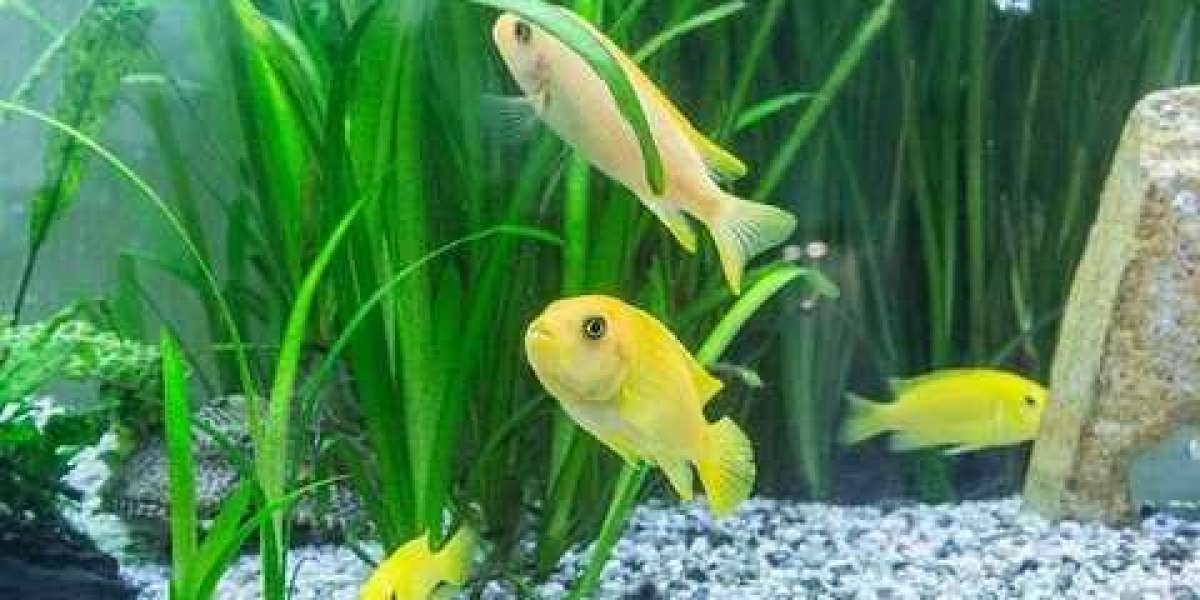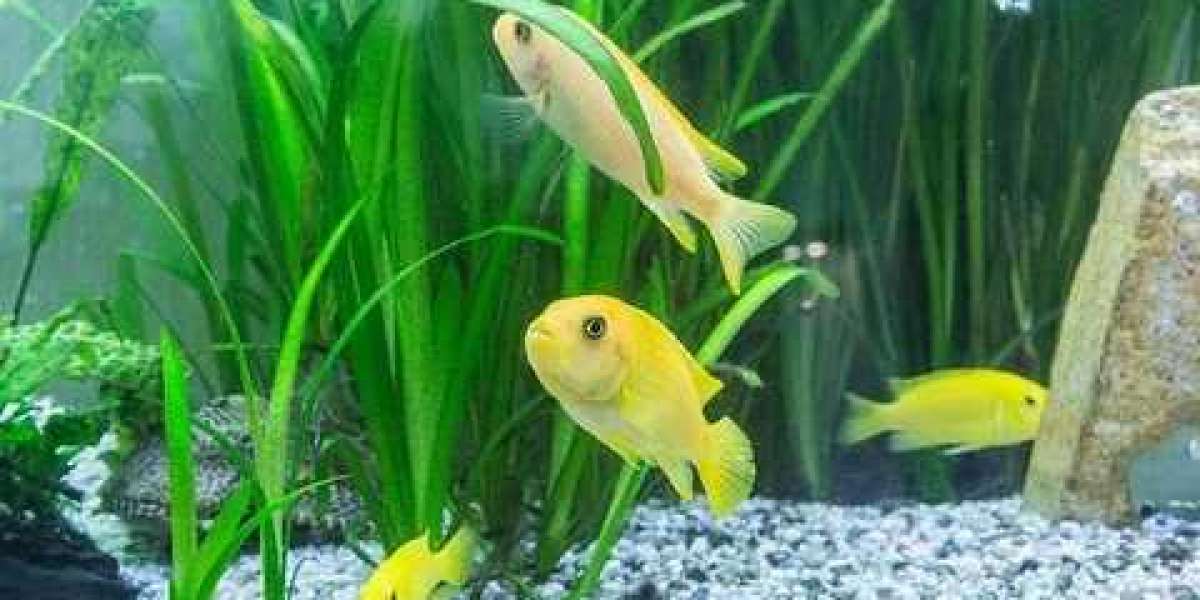A heat pump is a device that transfers thermal energy between spaces, usually between an enclosed space and the outdoors. When used to heat a building, the energy is transferred from the outside into the building. A heat pump can also work as an air conditioner by transferring heat from the building to the outside. Because of their high efficiency and the increasing share of fossil-free sources in electrical grids, heat pumps can play a key role in electrification, the energy transition, and climate change mitigation. With 1 kWh of electricity, they can transfer 3 to 6 kWh of thermal energy into a building. The process is based on the refrigeration cycle. In heating mode, a refrigerant at outside temperature is being compressed. As a result, the refrigerant becomes hot. This thermal energy can be transferred to a central heating system. After being moved outdoor again, the refrigerant is decompressed. It has lost some of its thermal energy and returns colder than the environment. It can now take up the surrounding energy from the air or from the ground before the process repeats. Compressors, propellers and pumps run with electric energy.
Heat pump water heaters use electricity to move heat from one place to another instead of generating heat directly. Therefore, they can be two to three times more energy efficient than conventional electric resistance water heaters. To move the heat, heat pumps work like a refrigerator in reverse. While a refrigerator pulls heat from inside a box and sends it into the surrounding room, a stand-alone air-source heat pump water heater pulls heat from the surrounding air and transfers it -- at a higher temperature -- to heat water in a storage tank. Heat pump water heaters require installation in locations that remain in the 40º–90ºF (4.4º–32.2ºC) range year-round and provide at least 1,000 cubic feet (28.3 cubic meters) of air space around the water heater. Air passing over the evaporator can be exhausted to the room or outdoors. Heat pump water heaters will not operate efficiently in a cold space since they tend to cool the space they are in. Installing them in a space with excess heat, such as a furnace room, will increase their efficiency. Homeowners primarily install geothermal heat pumps -- which draw heat from the ground during the winter and from the indoor air during the summer -- for heating and cooling their homes. For water heating, you can add a desuperheater to a geothermal heat pump system. A desuperheater is a small, auxiliary heat exchanger that uses superheated gases from the heat pump's compressor to heat water. This hot water then circulates through a pipe to the storage water heater tank in the house. It can also be used in life as a residential heat pump water heater and a commercial heat pump water heater.
An air source heat pump (ASHP) is a type of heat pump that can absorb heat from outside a structure and release it inside using the same vapor-compression refrigeration process and much the same equipment as air conditioners but used in the opposite direction. Unlike an air conditioning unit, most ASHPs are reversible and are able to either warm or cool buildings and in some cases also provide domestic hot water. In a typical setting, an ASHP can gain 4 kWh thermal energy from 1 kWh electric energy. They are optimized for flow temperatures between 30 and 40°C (86-104°F) suitable for well insulated buildings. With losses in efficiency, an ASHP can even offer a full central heating solution with a flow temperature up to 80 °C (176 °F). Air-to-water heat pumps use radiators or underfloor heating to heat or cool a whole house and are often also used to provide domestic hot water. Air-to-air heat pumps are simpler and slightly more efficient devices that provide hot or cold air directly to internal spaces, but do not usually provide hot water.
The efficiency of air source heat pumps is measured by the coefficient of performance (COP). A COP of 4 means the heat pump produces 4 units of heat energy for every 1 unit of electricity it consumes. Within temperature ranges of −3 °C (27 °F) to 10 °C (50 °F), the COP for many machines is fairly stable. In mild weather with an outside temperature of 10 °C (50 °F), the COP of efficient air source heat pumps ranges from 4 to 6. However, on a cold winter day, it takes more work to move the same amount of heat indoors than on a mild day. The heat pump's performance is limited by the Carnot cycle and will approach 1.0 as the outdoor-to-indoor temperature difference increases, which for most air source heat pumps happens as outdoor temperatures approach −18 °C (0 °F). Heat pump construction that enables carbon dioxide as a refrigerant may have a COP of greater than 2 even down to −20 °C, pushing the break-even figure downward to −30 °C (−22 °F). A ground source heat pump has comparatively less of a change in COP as outdoor temperatures change, because the ground from which they extract heat has a more constant temperature than outdoor air. The design of a heat pump has a considerable impact on its efficiency. Many air source heat pumps are designed primarily as air conditioning units, mainly for use in summer temperatures. Designing a heat pump specifically for the purpose of heat exchange can attain greater COP and an extended life cycle. The principal changes are in the scale and type of compressor and evaporator. Seasonally adjusted heating and cooling efficiencies are given by the heating seasonal performance factor (HSPF) and seasonal energy efficiency ratio (SEER) respectively.
Air conditioning, often abbreviated as A/C or AC, is the process of removing heat and controlling the humidity of air in an enclosed space to achieve a more comfortable interior environment by use of powered "air conditioners" or a variety of other methods, including passive cooling and ventilative cooling. Air conditioning is a member of a family of systems and techniques that provide heating, ventilation, and air conditioning (HVAC). Air conditioners, which typically use vapor-compression refrigeration, range in size from small units used within vehicles or single rooms to massive units that can cool large buildings. Air source heat pumps, which can be used for heating as well as cooling, are becoming increasingly common in cooler climates. According to the International Energy Agency (IEA), as of 2018, 1.6 billion air conditioning units were installed, which accounted for an estimated 20% of electricity usage in buildings globally with the number expected to grow to 5.6 billion by 2050. The United Nations called for the technology to be made more sustainable to mitigate climate change using techniques including passive cooling, evaporative cooling, selective shading, windcatchers and better thermal insulation. CFC and HCFC refrigerants such as R-12 and R-22, respectively, used within air conditioners have caused damage to the ozone layer, and HFC refrigerants such as R-410a and R-404a, which were designed to replace CFCs and HCFCs, are instead exacerbating climate change. Both issues happen due to the venting of refrigerant to the atmosphere, such as during repairs. HFO refrigerants, used in some if not most new equipment, solve both issues with an ozone damage potential (ODP) of zero and a much lower global warming potential (GWP) in the single or double digits vs. the three or four digits of HFCs.














